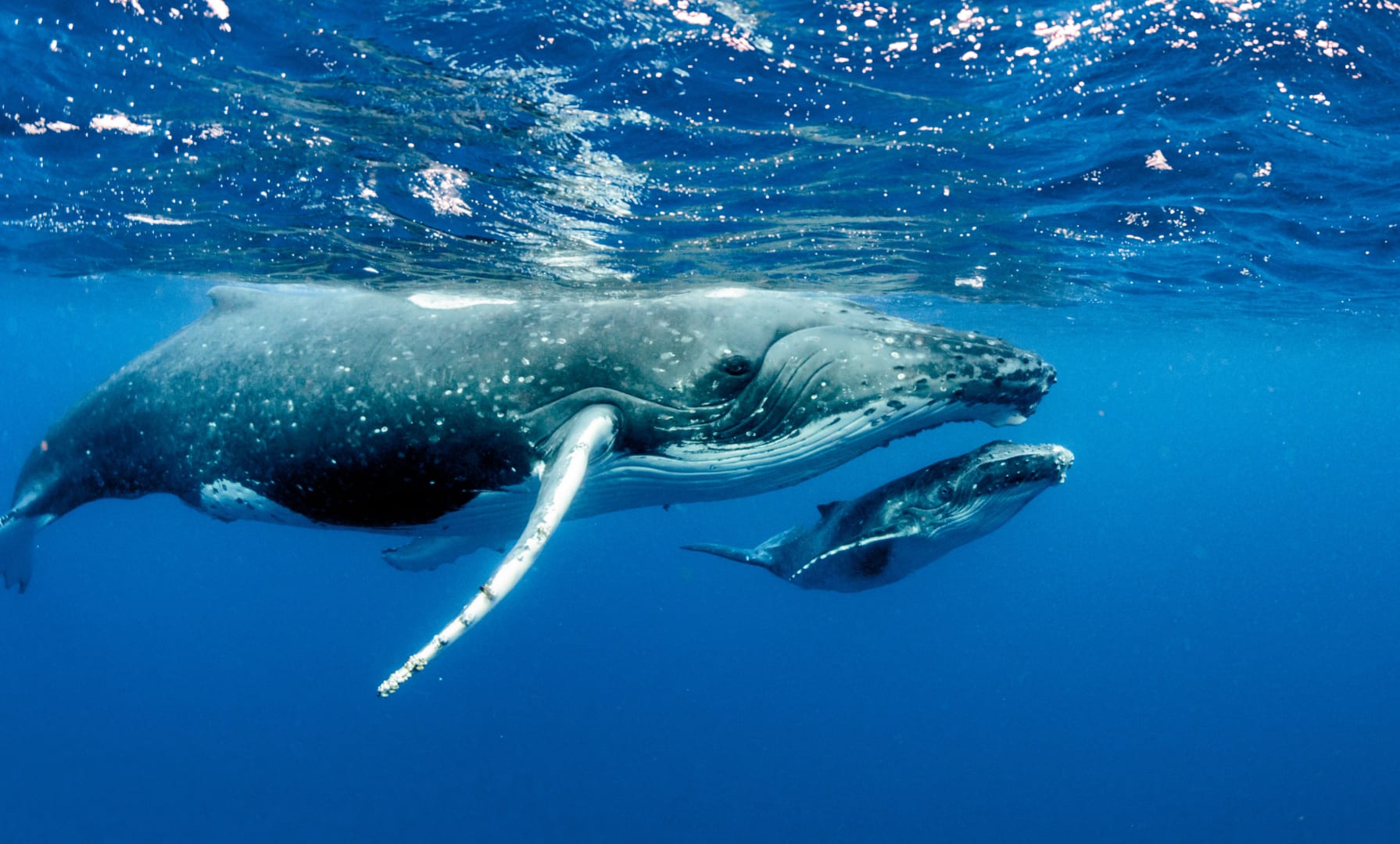Long-finned Pilot Whale
References:
- IUCN Red List (November, 2008)
- http://www.iucnredlist.org
- http://www.marinemammalscience.org
Prepared by: Paula Duarte, NBWM Apprentice 2014
Last modified: July 1, 2014

Fact Sheet
Common Name: Long-finned Pilot Whale
Scientific Name: Globicephala melas
Length as an adult: Males are 20ft (6.1m). Females are 16ft (4.9m)
Weight as an adult: Males are 5,000 lbs (2,300 kg). Females are 2,900 lbs (1,300 kg)
Length and weight at birth: 1.9m (6.2ft), 100lb (45.3 kg).
Length of pregnancy: 6.5 months
Range: Northern and southern hemispheres, in tropical and temperate waters throughout the world
Likelihood of being seen on a whale watch in Massachusetts coastal waters: Possible, but not likely.
Preferred food: Squid, cuttlefish, herring and other small fish
Unusual characteristics: Mass stranding
Appearance: It has a bulbous forehead and is jet black or dark grey with grey or white markings on throat and belly and sometimes behind dorsal fin and eye. The dorsal fin is sickle shaped.
General Information: Long-finned pilot whales are highly active, they can dive for up to 10 minutes to depths of up to 1970 ft (600m). Pilot whales travel in pods usually 10-30 whales, but over 100 have been seen grouped together in deep water.
Unusual habits: They will drink milk from their mother for a longer period of time than any other dolphin. They will do so from 18 – 40 months.
Population status: North Atlantic stock of both species 25,000-31,000. In the Southern Hemisphere, there are an estimated 200,000 long-finned pilot whales in Antarctic waters, and at least 750,000 others in the Northern Hemisphere.
Threats: Pilot whales that are close to shore are often hunted by driving them onto the beach and slaughtering them; about 2,500 pilot whales are killed every year with this method. They are also hunted with harpoons. Long line and gillnet accidental entrapment is another cause of untimely death for this species.


